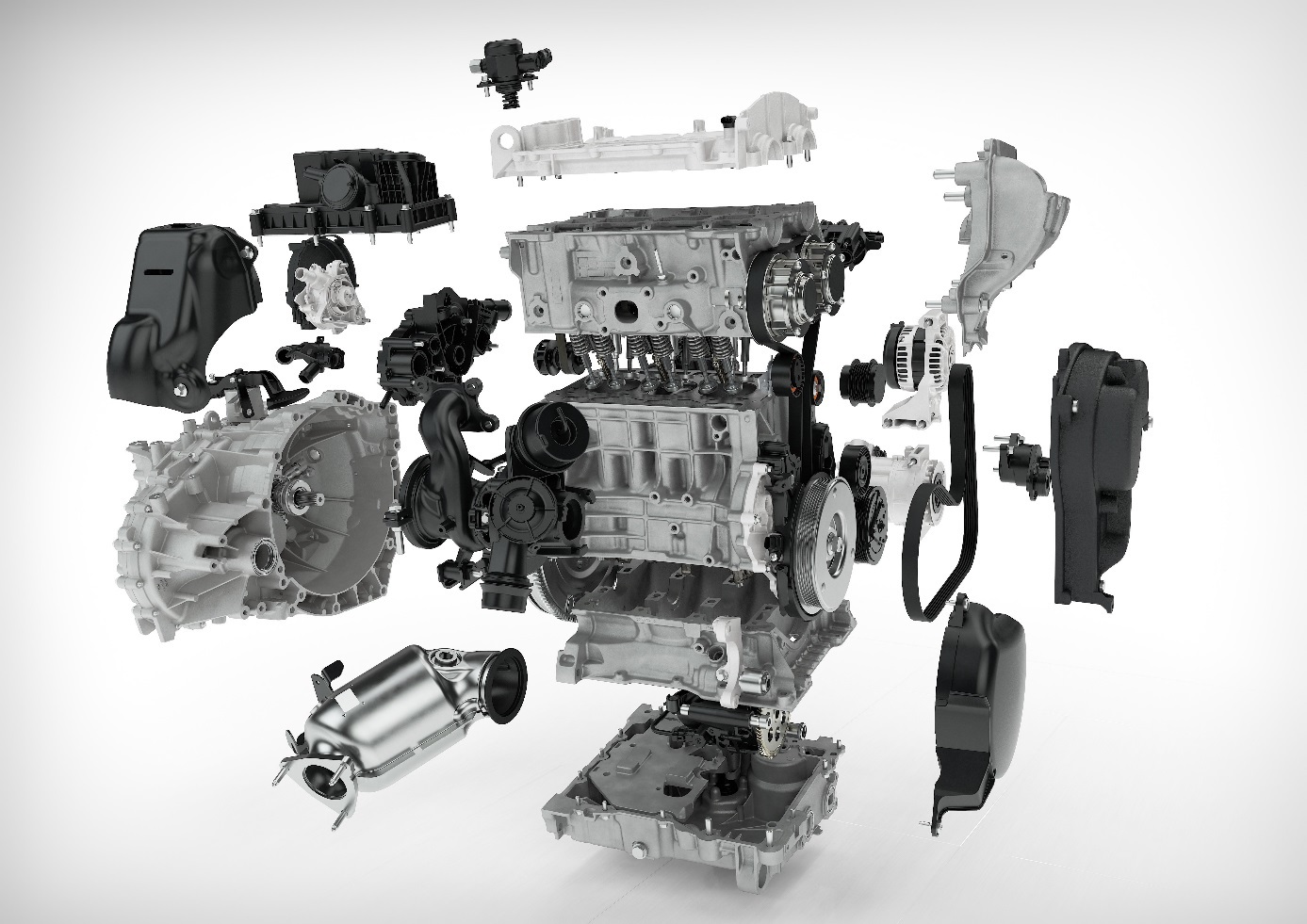An exciting future lies ahead should Proton decide to broaden the application of the turbocharged engine
The trend of downsizing and turbocharging engines looks likely to continue, despite numerous reports saying it will die down due to the implementation of new, more stringent real-world emissions test procedures. Having acquired Volvo in 2010, Geely has emerged as one of the purveyors of the trend, with a variety of small, turbocharged engines deployed generously across their model ranges.

One of the engine families that is currently in the stable is the 1.5TD, which is based on the Volvo Engine Architecture (VEA). Developed with sustainability in mind, Geely claims that the three-cylinder power unit has the potential to meet even the most stringent future Euro 7 emissions and global fleet CO2 targets past 2030.

According to Dr. Håkan Sandquist, Geely’s Director of Powertrain Strategy at CEVT (China Euro Vehicle Technology), lower displacement engines are more efficient and with the help of turbocharging, can provide similar performance to much larger naturally aspirated engines.
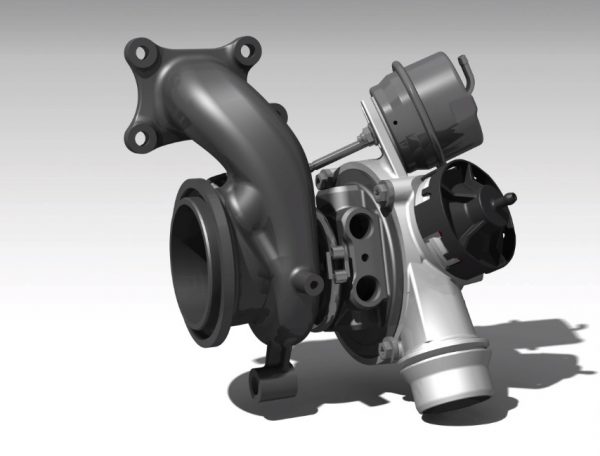
Sandquist adds that a three-cylinder engine is perfect for compact vehicles for a number of reasons: the smaller size leaves room for hybrid systems and gives designers more freedom; the lighter weight improves fuel economy and makes it easier to achieve a 50:50 chassis weight balance in front-wheel-drive models.
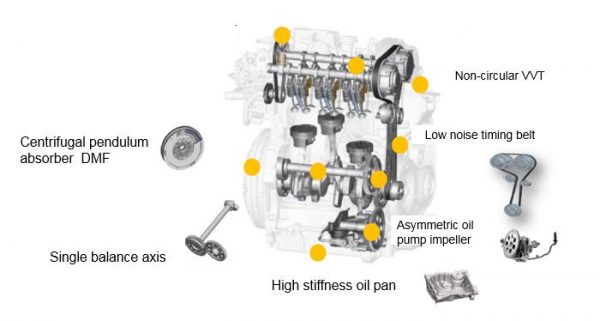
Of course, there’s the dreaded vibration three-cylinder engines are often associated with. Geely and Volvo admit that it is an actual problem, but not an unsolvable one. You may remember that the Swedish automaker used to offer inline-five engines on some of its models, so they should know a thing or two about engines with odd number of cylinders.
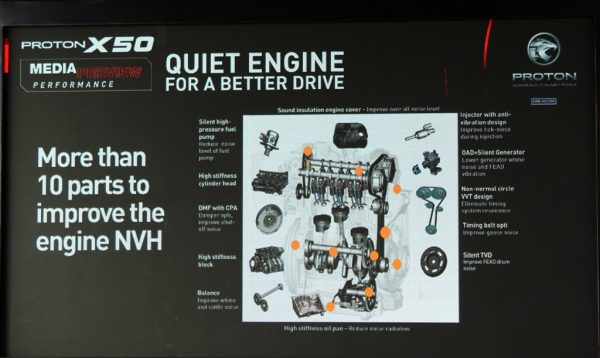
By utilising counterweighted crankshafts, dual mass flywheel with centrifugal pendulum absorber damper, single balancing shaft, low noise timing belt, high stiffness oil pan, asymmetric oil pump impeller, engine compartment and vibration dampener, Sandquist says they have managed to effectively eliminate perceivable engine vibrations.
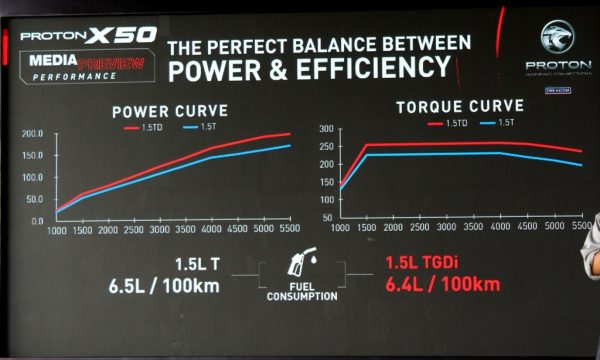
In fact, he claims that the NVH (noise, vibration and harshness) in models powered by the 1.5TD engine is on par or better than some equipped with four cylinder engines. The vibrations can be further reduced by hybrid systems, which can produce instantaneous engine start-up and assist the engine at lower driving speeds.

All VEA engines are designed to accommodate a variable combination of turbochargers, superchargers, and electric systems, allowing Volvo and Geely to offer different levels of power output within the same engine family.
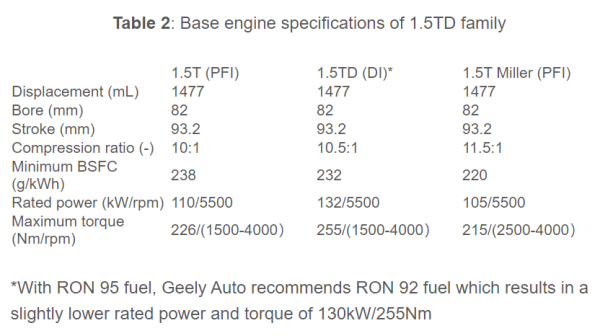
The 1.5TD range comprises three variants with outputs ranging from 140 to 177 hp. Two of those, namely the 1.5T PFI (port fuel injection) and 1.5TD DI (direct injection), are already found in the Proton X50. This brings us to the question: could it be used to power other Proton models?
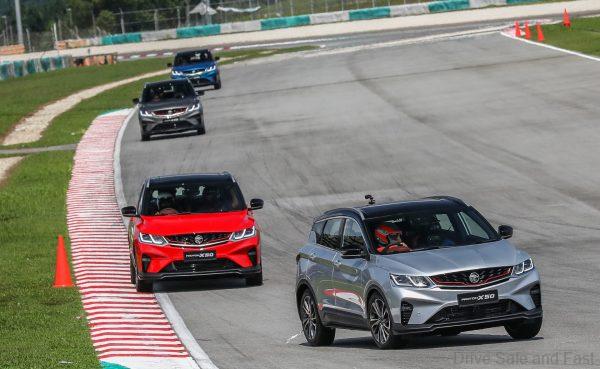
Well, there is a possibility for that. During the media test drive event held at the Sepang circuit last year, Proton Director of Group Engineering Hazrin Fazail Haroon revealed that the port-injection version of the engine could feature in future Proton models.
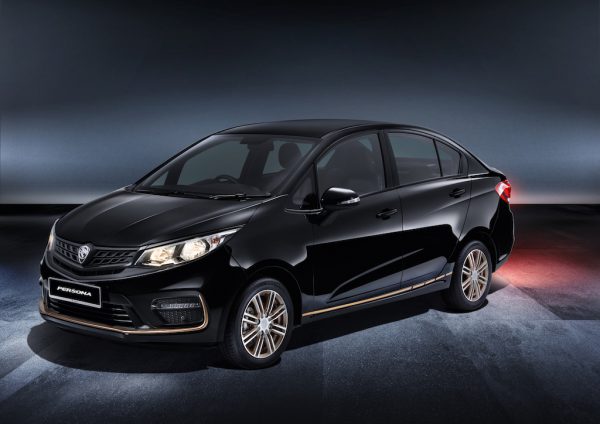
Hazrin did not disclose the models in contention for the engine, but we have a feeling that they could be the Persona and Iriz. The compact sedan and hatchback have been on the market for a while now and a brand new engine could be exactly what the B-segment duo needs to bring the fight to the hotly contested segment.
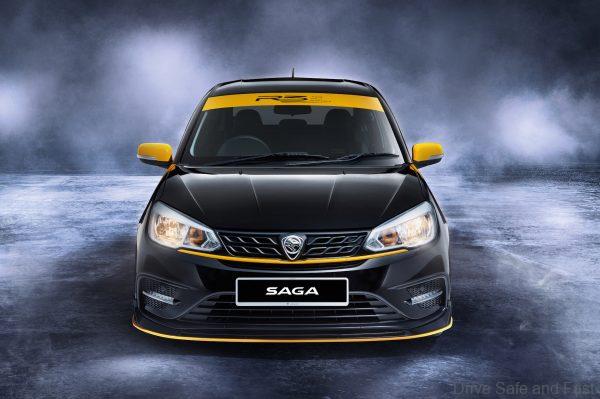
Granted, 150 PS and 226 Nm is a bit too much for both of them, but the matter could easily be resolved with a simple detuning. And if Proton decided to go down that road, the engine could very well find its way into the automaker’s other compact models such as the Saga.



